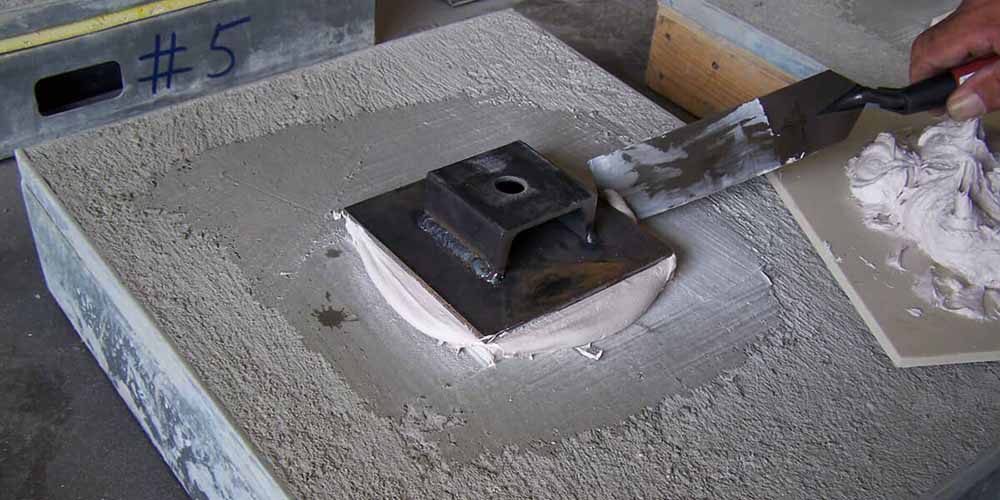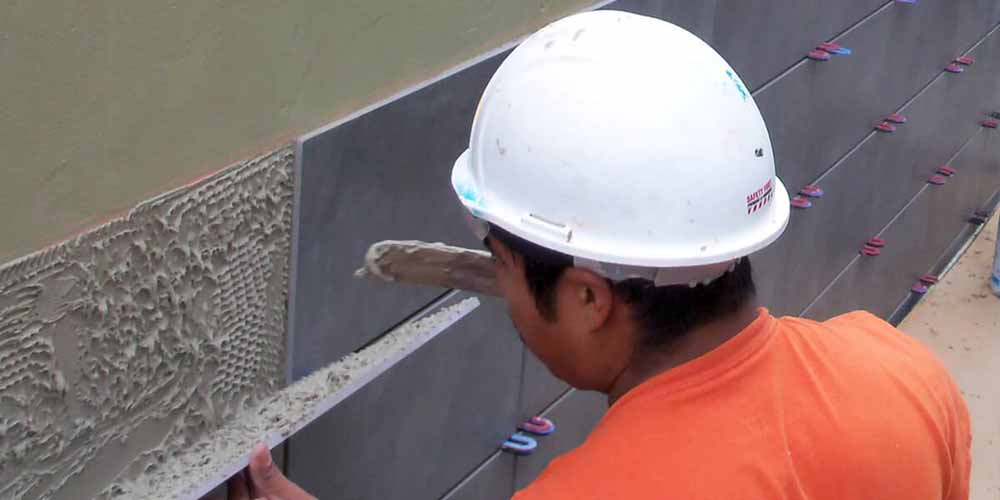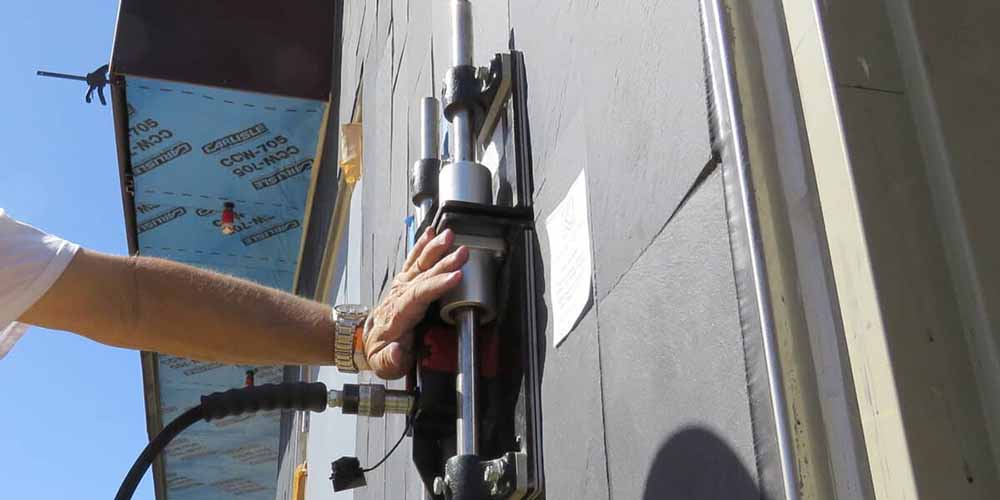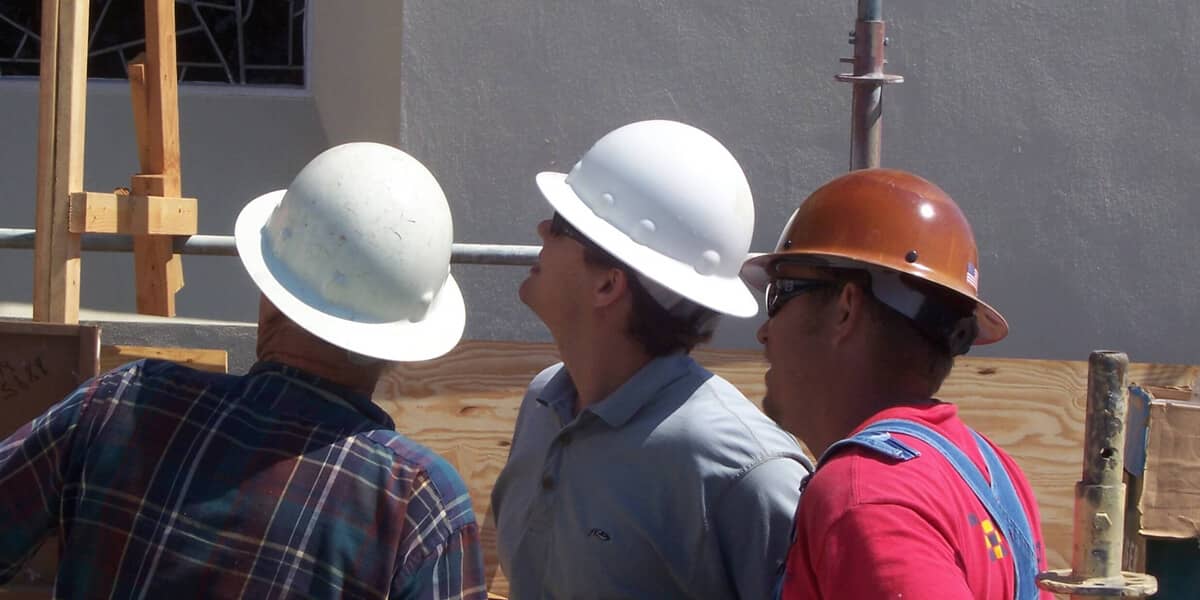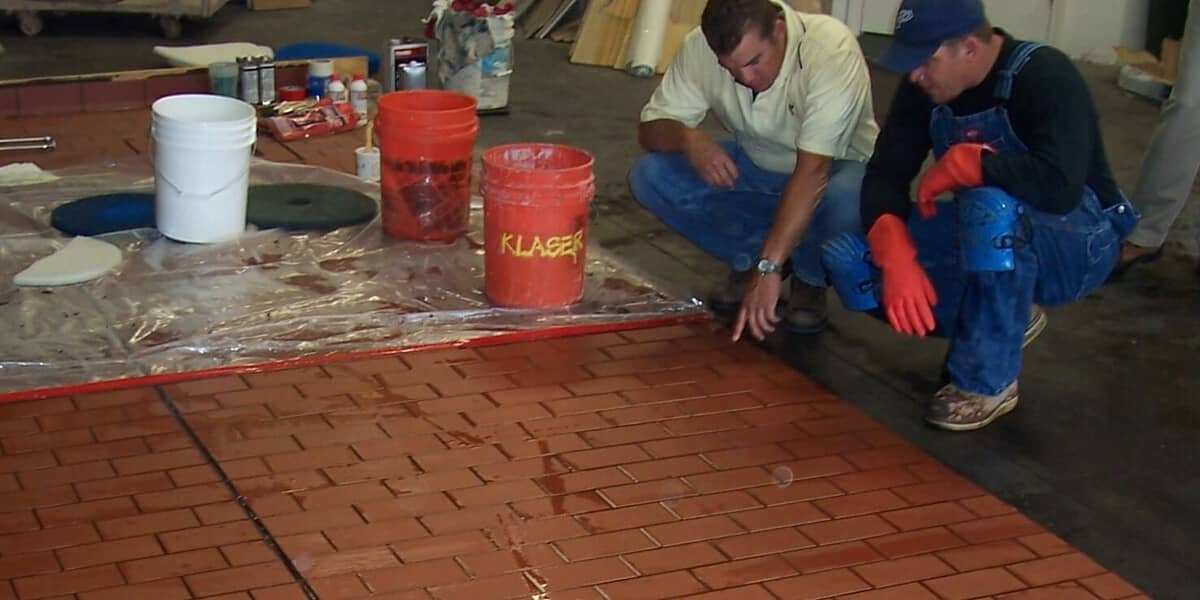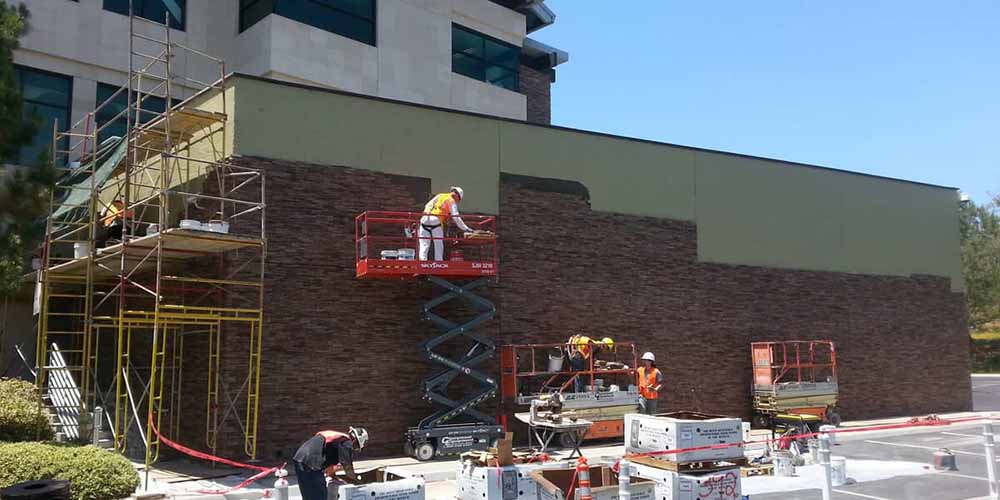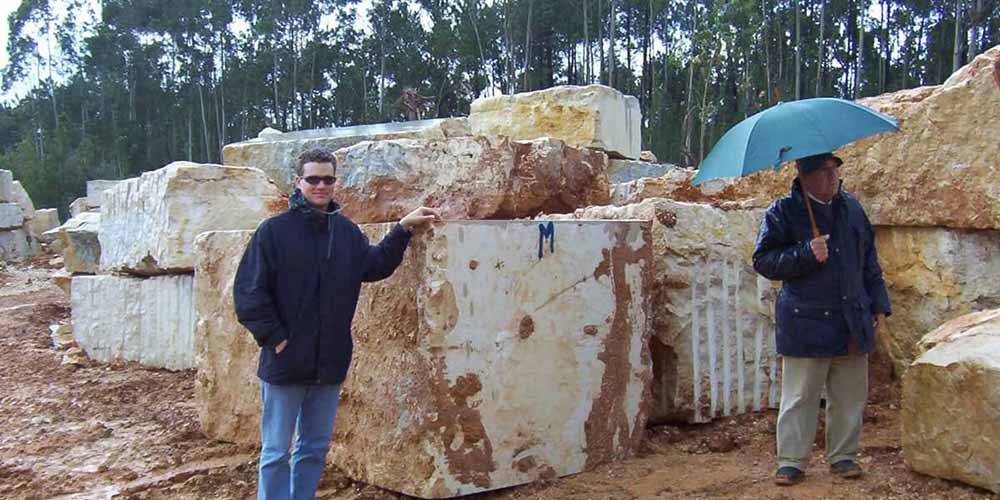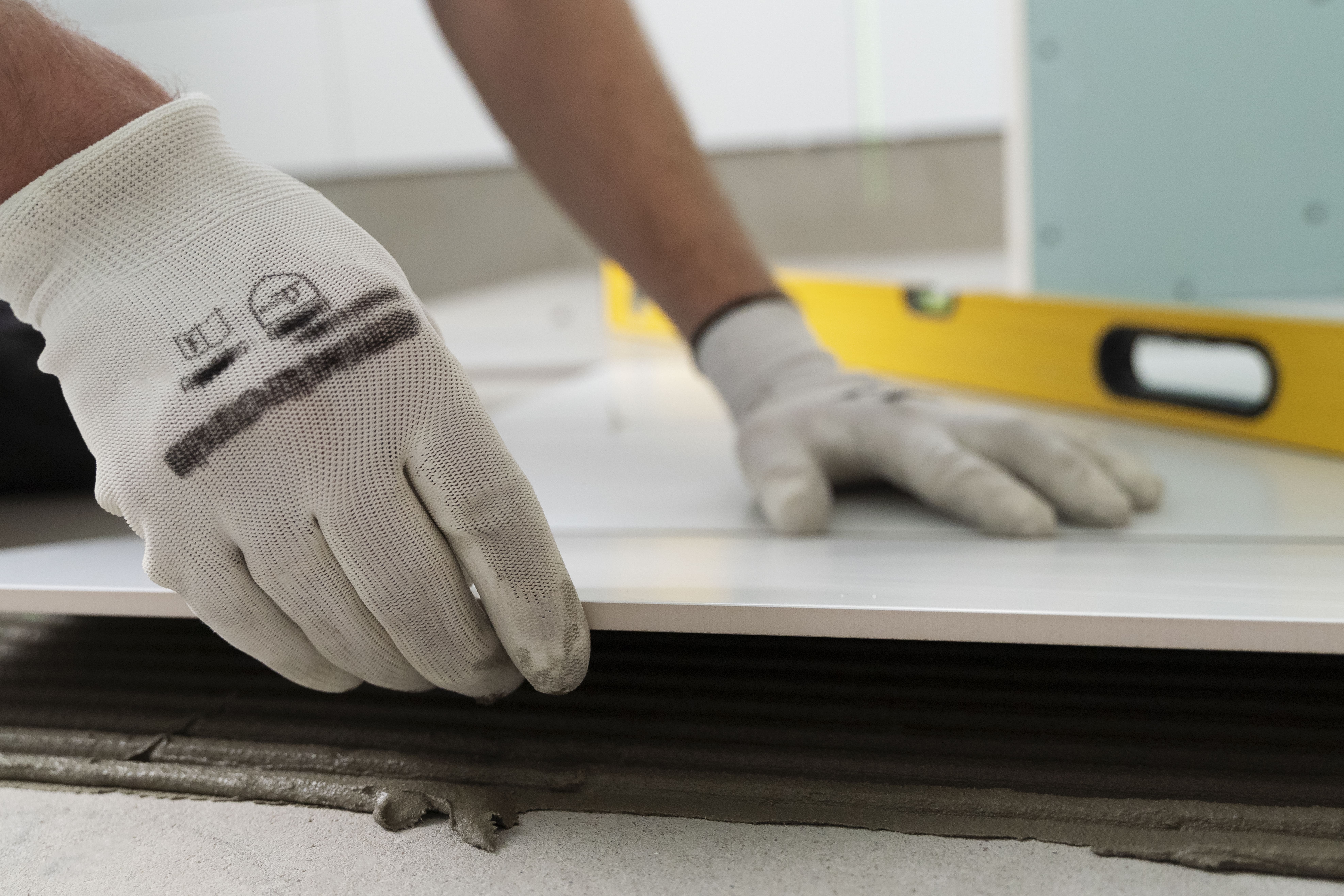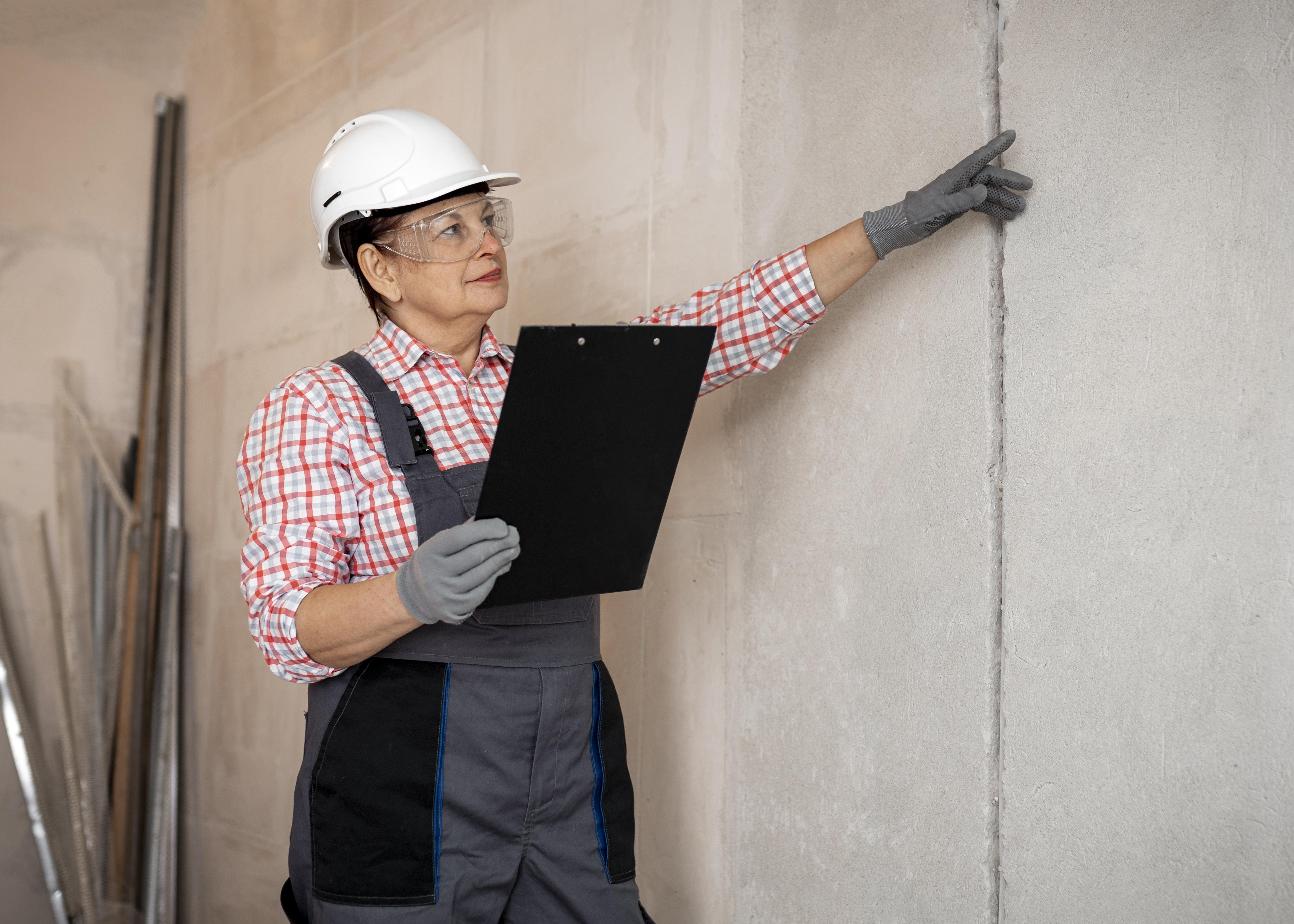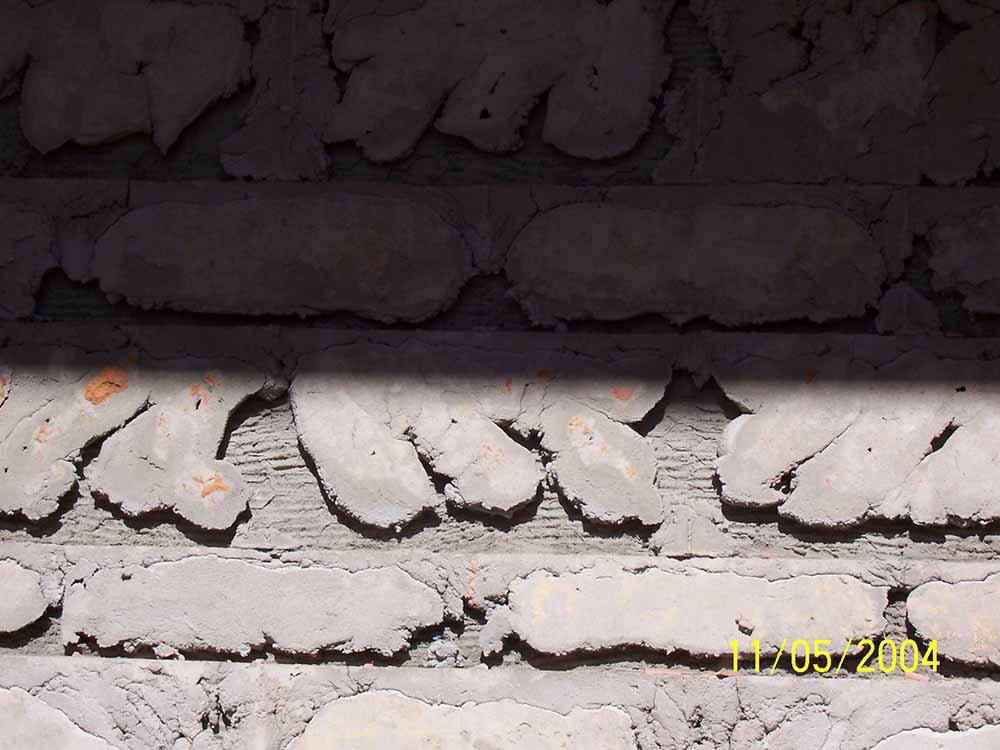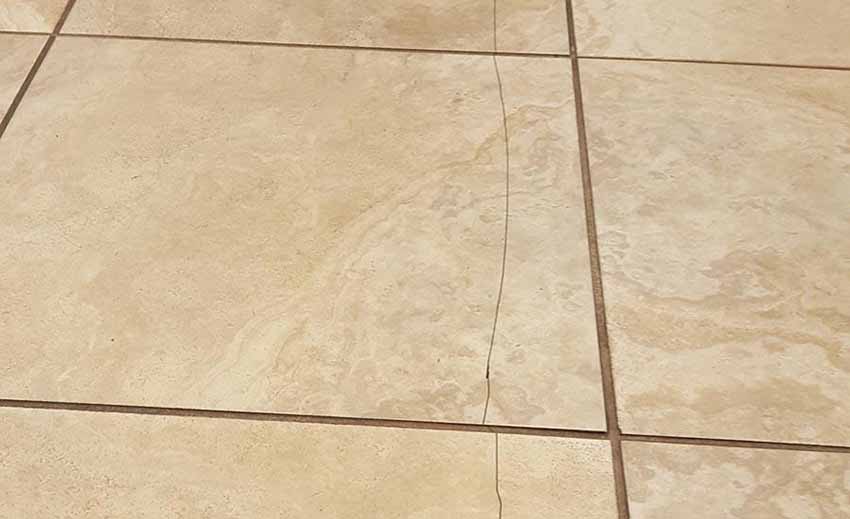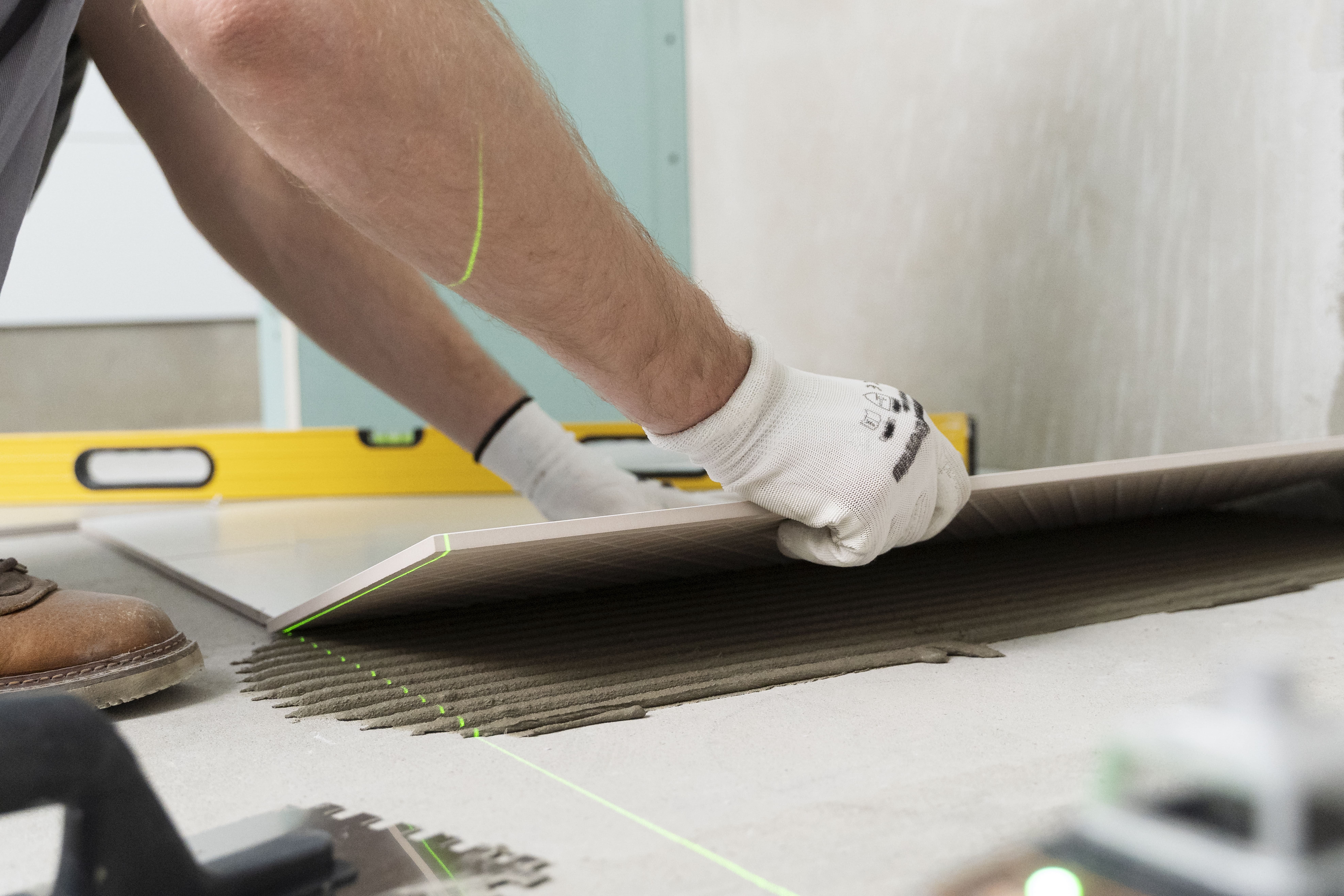Importance of Moisture Testing for Tile Installation Success
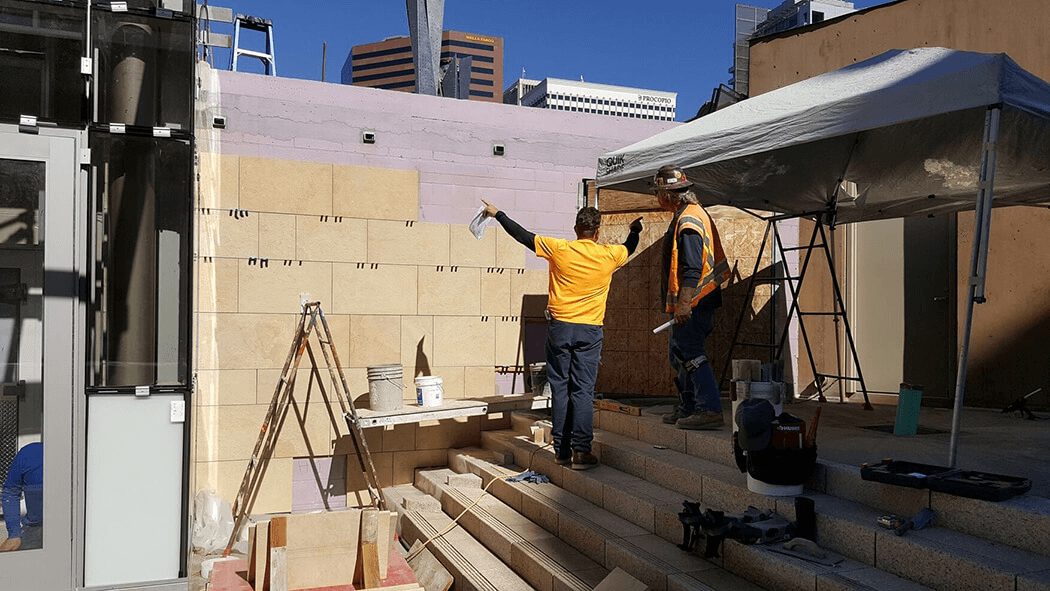
Ensure success in your tile project by understanding the importance of moisture testing before installation. Prevent costly issues and enhance durability today!
Importance of Moisture Testing for Tile Installation Success
Moisture testing is a critical process in tile installation that ensures substrates remain secure and free from issues such as mold, water damage, and adhesion failure. This guide outlines six essential steps—from understanding moisture’s role to debunking prevalent myths—to optimize tile installation success using targeted measurements and advanced test methods.1. What is the Role of Moisture Testing in Tile Installation?
Moisture testing plays a vital role in tile installation by determining the moisture content of substrates such as concrete, plywood, and oriented strand board, thereby preventing adhesion problems, mold growth, and water damage. Accurate measurement with tools like moisture meters, hygrometers, and data loggers confirms that conditions meet the recommended levels (typically below 3% for concrete slabs) for optimum tile bonding and longevity.In practical terms, testing mitigates risks of failed installations and costly rework. For instance, professionals utilizing calcium chloride tests and in situ probes report up to a 30% reduction in installation issues. As building codes and manufacturer guidelines are strict about moisture levels, proper testing enhances both safety and warranty adherence.
This process is used in various phases of construction and remodeling. It ensures that tile adhesives and grouts, including epoxy or cementitious types, successfully bond to substrates by reducing moisture-induced shrinkage and expansion, which can cause cracks or debonding over time.
2. What are the Benefits of Conducting Moisture Testing?
Conducting moisture testing delivers extensive benefits by safeguarding the tile installation from potential defects, including reduced adhesion and the formation of mold and mildew. Moisture testing improves long-term durability by ensuring substrates meet optimal moisture thresholds, thereby enhancing adhesion and longevity.A research study published in the Journal of Building Engineering (2021) demonstrated that buildings with routine moisture testing experienced 25% fewer issues related to water damage, leading to lower maintenance costs. For example, by utilizing precise measurements from a concrete moisture meter or test kit, installers can detect excess water beyond acceptable ranges (typically above 3% for vinyl composition tiles on concrete subfloors) and take corrective action.
In addition, proper moisture testing helps in optimizing flooring materials, preventing the formation of salt efflorescence and mold growth which can compromise indoor air quality. This preventive measure is crucial for insurance claims and building inspections, ensuring that the installation conforms to recommended industry standards.
3. What are the Different Types of Moisture Testing Methods?
Moisture testing methods vary widely and include techniques such as calcium chloride testing, in situ moisture meters, infrared thermography, and data logging, each tailored to specific substrates and conditions. For instance, the calcium chloride test provides a cumulative moisture reading over a set period while electronic moisture meters deliver immediate readings.A comparative study from the Construction Research Council (2020) indicated that in situ methods using digital moisture meters provided results with an accuracy within ±0.5% moisture, making them ideal for tile installation assessment. Infrared technology further enhances detection by identifying moisture anomalies beneath surfaces, which is invaluable in diagnosing hidden leaks or water intrusion.
Manufacturers of test kits and sensors report that these methods can detect moisture content ranging from less than 1% up to 10% by weight, thus informing corrective mechanisms such as dehumidification or substrate sealing before tile installation proceeds.
4. What are the Signs of Excessive Moisture in Substrates?
Excessive moisture in substrates presents definite signs such as efflorescence, bubbling or blistering of tiles, discoloration, and even the presence of mold stains on surfaces. Early detection using a moisture meter or concrete slab test kit can signal moisture levels beyond acceptable thresholds, which often exceed 3%–4% in concrete.Visual cues include dark or uneven patches on the tile or substrate and softened or swollen edges around grout lines. Field inspectors often observe water damage restoration cases where poor moisture management led to delamination of vinyl composition tiles and compromised epoxy adhesives.
Industry data suggest that substrates exhibiting these signs incur repair costs up to 40% higher than installations where moisture testing confirmed acceptable levels. Thus, monitoring subtle changes via methods such as the infrared hygrometer and using a calibrated concrete moisture meter is essential for early intervention.
5. How can Substrates be prepared for Tile Installation?
Preparing substrates prior to tile installation involves thorough cleaning, surface leveling, and applying moisture barriers or sealants when moisture content exceeds recommended levels. Initial moisture testing informs the need for dehumidification and corrective measures such as using a primer to seal uncontrolled pores.Best practices include conditioning the substrate until moisture readings fall within acceptable ranges (typically below 3% for concrete and below 12% for wood-based panels). Additional measures like installing underlayment, using vapor retarders, or applying a waterproof coating further reduce moisture transfer.
Case studies from building inspection reports have shown that substrates treated with epoxy sealants and moisture barriers can see up to a 35% increase in tile adhesion durability. Effective substrate preparation not only enhances tile performance but also extends the lifespan of the flooring system.
This step is critical when working with sensitive materials such as porcelain tiles, where even slight moisture fluctuations can lead to cracking or delamination over time.
6. What are the Common Myths Regarding Moisture Testing?
Common myths include the belief that moisture testing is only necessary for new construction or that visual inspection is sufficient to determine moisture levels. In reality, even subtle moisture accumulation, undetectable by sight, can compromise tile installation performance.Research from the Building Construction Journal (2019) confirms that relying solely on visual assessments can overlook up to 20% of hidden moisture issues, especially in substrates like plywood or oriented strand board that exhibit delayed moisture absorption. Quantitative measurements from digital moisture meters and data loggers provide definitive moisture percentages that prevent failures.
Another myth suggests that moisture barriers alone fix all issues; however, without proper testing, barriers may be installed when not needed or fail to function correctly if substrate moisture readings have not been systematically verified. Installing treatment based solely on assumptions can lead to improper curing of adhesives and insufficient bonding.
Dispelling these myths through rigorous testing methods ensures that installation standards are met and long-term durability is achieved.
FAQS
How accurate are digital moisture meters compared to traditional tests?
Digital meters typically provide readings within ±0.5% accuracy, outperforming simple visual assessments.
When should moisture testing be conducted during tile installation?
Testing is recommended before substrate preparation and immediately before installation.
Can moisture testing help reduce mold growth?
Yes, by ensuring levels remain within safe ranges, testing significantly reduces risks.
Are infrared thermography tests useful for all substrates?
Thermography is best for identifying concealedissues, particularly in complex substrates.
Do moisture test results affect warranty claims?
Accurate testing documentation can support warranty claims by proving installations met required standards.Moisture testing is the bedrock of successful tile installation, ensuring substrate conditions meet strict industry standards. Employing diverse testing methods such as calcium chloride tests and digital moisture meters provides critical insights into substrate health. Consistent testing and proper preparation help avert costly failures and promote long-term installation durability. Addressing common myths with evidence-based practices empowers professionals to achieve optimal outcomes.


